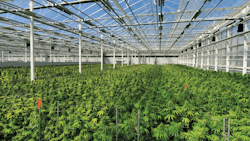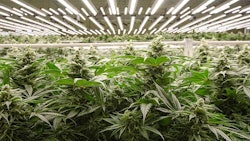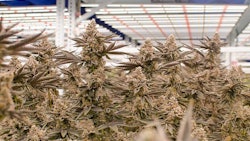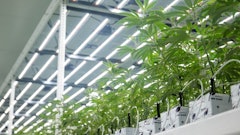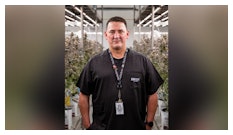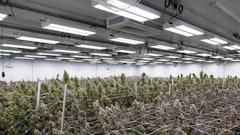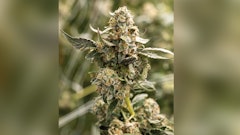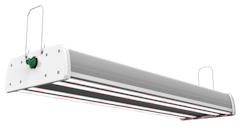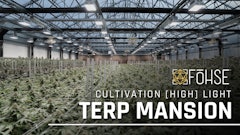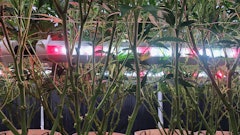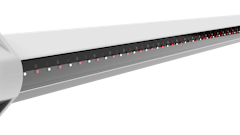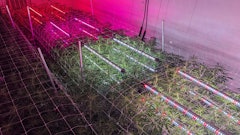Canopy Illumination: LED Usage Continues to Increase
One of the most consistent trends to emerge from Cannabis Business Times’ five-year “State of the Lighting Market” study is the increasing adoption of light-emitting diodes (LED) lighting.
In 2016, about a fifth (21%) used LED lighting in propagation, and fewer used the technology in the vegetative (17%) and flowering (15%) growth stages. This year, more than half of cultivators reported using LED technology in each of the growth stages, making it the most-used lighting type across propagation, vegetative and flowering. Since 2016, the number of participants reporting using LEDs has grown by double digits in each stage.
PROPAGATION
When CBT first conducted this study, 65% of participants reported using T5 (high output/HO) lights (or other HO fluorescents) in propagation, while just 21% reported using LEDs. That statistic has evolved greatly, as 2020 findings show 63% of cultivators using LEDs in this growth stage, while 37% use T5 or other HO fluorescents. The use of most other lighting types in this stage has remained largely unchanged, with the exception of compact fluorescents, which 17% of growers report using in this year’s study versus 9% in 2016.
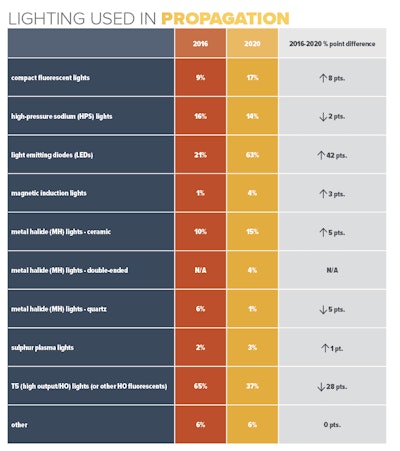
VEGETATION
Growers use a variety of lighting types in the vegetative growth stage. The 2016 study showed a slight variation among a handful of lighting types: 37% of cultivators reported using T5 lights, 31% used high-pressure sodium (HPS) lights, 23% used quartz metal halide lights and 20% grew with ceramic metal halide lights. Each year, LED adoption in this growth stage has increased, and in 2020, 58% reported using LEDs, up from 46% in 2019 and 17% in 2016. The second most-used lighting type this year is T5 (high output/HO) lights, with a fifth of participants (20%) noting they use this technology in their veg rooms, reflecting a 17 percentage point drop from five years ago. Ceramic metal halide usage has stayed consistent, with 19% of participants reporting they use this lighting type in this year’s study.
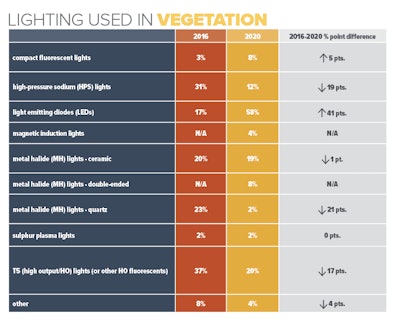
FLOWERING
Another significant change in the five years CBT has conducted this study is the lighting type participants report using in the flowering stage. In 2016, HPS lights were the most-preferred lighting type—62% of cultivators said they used them in their flowering rooms. This year, that figure dropped by 22 percentage points, with 40% reporting using HPS (single and double-ended) in this final growth stage. As seen in propagation and veg, LEDs are now used by the largest number of participants, with 52% indicating they grow with this lighting type, up 37 percentage points from the 2016 study.
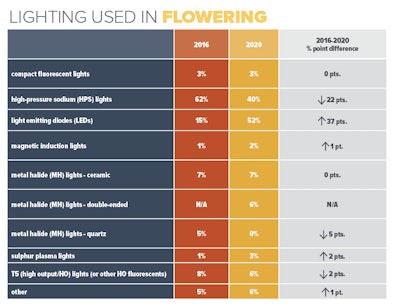

Light Selection: Intensity Matters Most
Last year, light intensity and energy efficiency tied as the most important factor cultivators consider when making lighting decisions. In 2020, the largest percentage of participants (84%) once again noted light intensity as crucial when deciding on illumination technology; but tied for the top spot is light spectrum, with 84% noting it as “important” or “very important”. Other lighting factors that growers indicated as “important” or “very important” included product warranty (75%), scientific research supporting product development (also 75%), energy efficiency (73%) and price (68%).
When looking at the top 10 factors, dimmable light intensity (57%) and customizable light spectrum (54%) ranked on that list in 2020, but not in 2019. Although the most important factors may shift slightly year to year, one major takeaway is that light intensity has remained a top consideration.
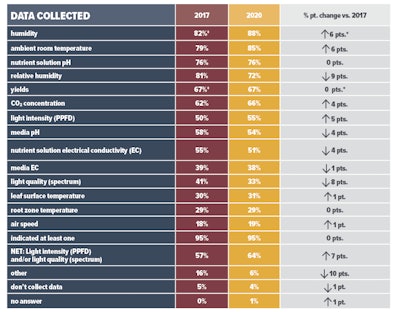
Data Driven Cultivation
Since CBT first asked about which metrics growers track, 95% or more have indicated measuring at least one growing parameter each year. While most of the metrics tracked have stayed fairly consistent, ambient room temperature is the most commonly measured (85% in 2020, up 6 percentage points since 2017). Relative humidity ranks second, with 72% of cultivators saying they track this metric (down 9 percentage points vs. 2017). The number of participants measuring light intensity (PPFD) has also increased by 5 percentage points, with more than half (55%) now monitoring that metric. A smaller portion of growers also reported measuring light spectrum in this year’s study, with about a third (33%) indicating they examine light quality compared with 41% in 2017.
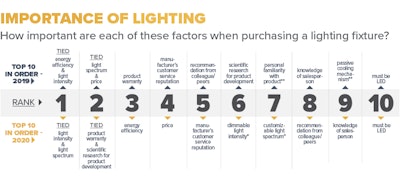
More Cultivators Measure Light
In 2016, about half of cultivators (55%) said they regularly tracked how much light their crops receive. That number has increased during the past five years, and now 72% of cultivators indicated they used at least one type of light meter to measure how much light their crops receive. The most common instrument participants reported using in this year’s survey is a quantum sensor/photosynthetically active radiation (PAR) meter (42%, which is an increase compared to previous studies). In 2016, although it was still one of the top instruments used, 27% of cultivators reported using the quantum sensor/PAR meter, and 27% reported using a photometer/lux meter. Fewer cultivators reported using the photometer/lux meter (22%) in this year’s study, though it is still the second most-used instrument.

Top 5 Lighting Challenges 2018 vs. 2020
Top lighting challenges have remained somewhat consistent when comparing this year’s research to the 2018 study, the first year CBT asked about those challenges. Cultivators indicated that lighting’s impact on plant growth and terpene/cannabinoid development was the most difficult aspect of lighting in 2018 (21%) and 2019 (22%). In this year’s study, the question was split to examine if both plant growth and terpene/cannabinoid development were top challenges for growers. In 2020, they still ranked among the top three challenges, along with ensuring consistent/even lighting across the crops (17%). Managing heat load (12%) and energy costs (13%) also have continued to be among the top five challenges for growers.
Electricity to power lighting (see bottom chart) remains one of growers’ largest expenses, as it was in 2016. In this year's survey, 39% of participants said they spent 45% or more of their operation’s 2019 electricity costs on lighting.
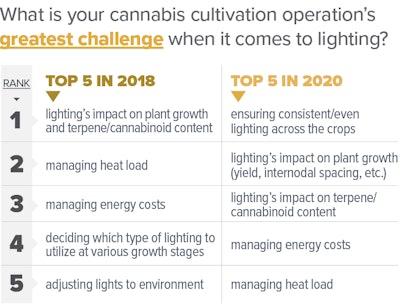

Each year, CBT asks participants to provide details about their facilities to gain some context for the data and to learn more specifically about cultivators who are using lighting to power their grows. The majority of cultivators who participated in this year’s research said they rely on lighting technology exclusively with no help from the sun to illuminate their canopy: 85% of participants reported growing in an indoor facility, while 29% grow in a greenhouse with supplemental lighting. (Some research participants indicated they grow in both facility types, so the total exceeds 100%.) Grow sizes varied greatly, with 19% cultivating in production spaces of 50,000 square feet or more, and 19% with canopies covering less than 1,000 square feet.
This year was the first time CBT obtained lighting-spending data to develop benchmarks; study participants were asked how much they invested in lighting equipment when it was first installed. As with facility size, responses varied here, too, with 12% at the top end of the spectrum, spending $200,000 or more, and 13% investing less than $10,000.

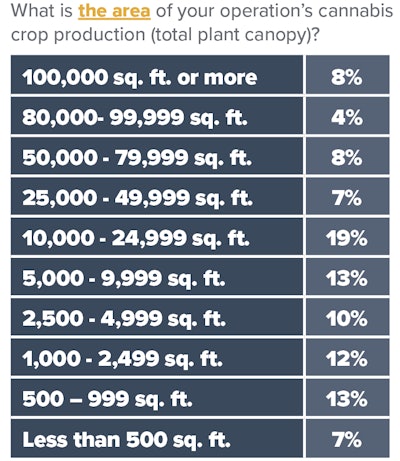

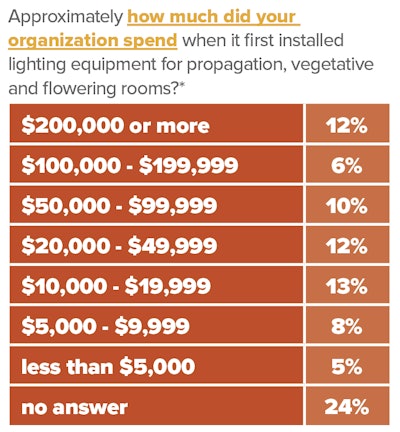

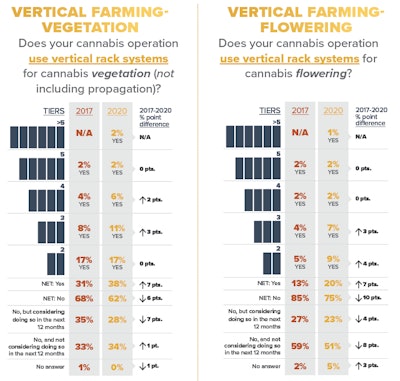
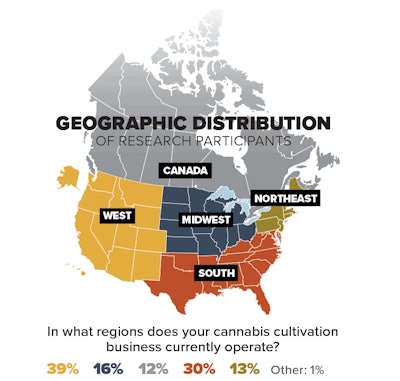
NAVIGATE THROUGH THE STATE OF THE CANNABIS LIGHTING MARKET REPORT:
Note from Fluence CEO David Cohen









